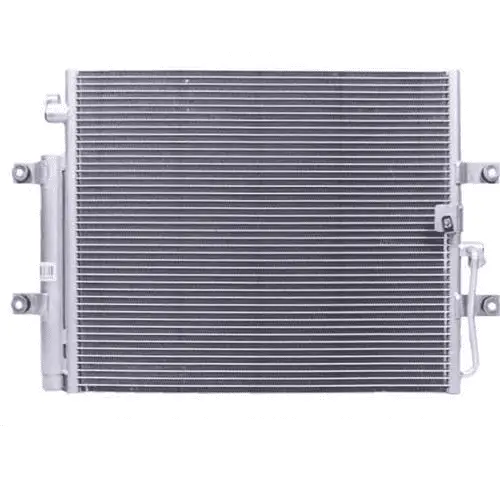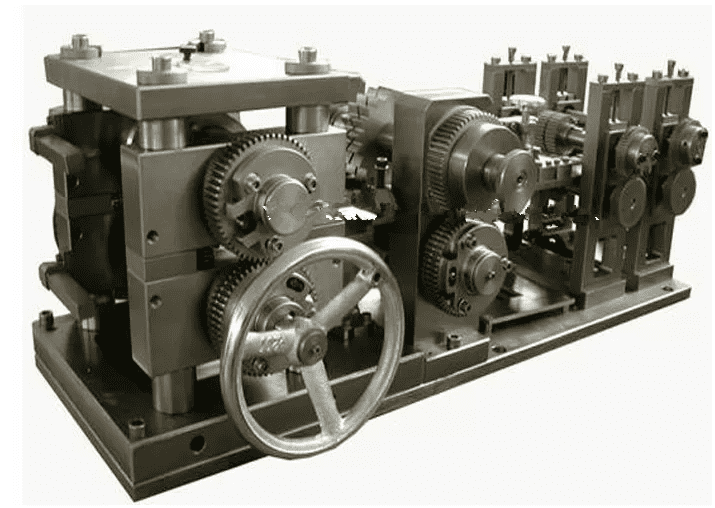Introduction
Car air conditioning systems have become essential for comfortable driving, especially in hot climates. The condenser plays a crucial role in refrigeration, ensuring efficient cooling and preventing overheating. In recent years, a groundbreaking innovation called the parallel flow condenser has emerged, revolutionizing the performance of car air conditioners. This article explores the parallel flow condenser’s concept, benefits, and working principle.
What is a Parallel Flow Condenser?
The parallel flow condenser is a novel heat exchanger designed explicitly for car air conditioning systems. It builds upon the existing technology by incorporating a long-sealing streaming pipe seal on the side of the condenser. This seal allows parallel collector pipes with staggered short-set and short-episode flow pipes. A parallel porous flat pipe facilitates the fixed connection between the long-set and short-set flow pipes, providing enhanced heat exchange capabilities.
Enhanced Cooling Efficiency
One of the key advantages of the parallel flow condenser is its ability to increase the refrigeration capacity of car air conditioning systems significantly. By optimizing the heat transfer process, this innovative design ensures that the refrigeration device continues to work even when the car is idling. As a result, the cooling effect inside the vehicle is maintained, providing passengers with a comfortable environment regardless of external conditions.
Furthermore, the parallel flow condenser indirectly contributes to the heat dissipation of the car’s water tank. Efficiently dissipating heat prevents the water tank from boiling, allowing the vehicle to operate continuously without overheating. This feature is precious during long journeys or traffic congestion, where continuous airflow may be limited.
Compact Design and Easy Installation
The parallel flow condenser boasts a compact and space-saving design, making it easy to install in various car models. Its efficient heat exchange capabilities enable manufacturers to optimize installation space without compromising cooling performance. Furthermore, the parallel flow condenser’s streamlined structure ensures convenient installation, reducing production time and costs.
Working Principle of the Parallel Flow Condenser
To understand the working principle of the parallel flow condenser, it is essential to delve into the refrigeration cycle of a car air conditioning system. The refrigerant, typically a gas, undergoes a cyclic process involving compression, condensation, expansion, and evaporation. The parallel flow condenser focuses explicitly on the condensation stage, where heat is removed from the refrigerant to transform it into a liquid state.
When the refrigerant enters the parallel flow condenser, it encounters the high-temperature air outside the car. The condenser’s design facilitates efficient heat transfer, allowing the refrigerant to release heat rapidly and cool down. The parallel flow of the refrigerant and the external air ensures maximum heat exchange, enhancing the overall cooling efficiency of the system.
Advantages of the Parallel Flow Condenser
The introduction of the parallel flow condenser has revolutionized car air conditioning systems, providing numerous advantages over traditional designs. Some key benefits include:
- Enhanced Cooling Performance: The parallel flow condenser significantly increases the refrigeration capacity of car air conditioning systems, ensuring a comfortable and relaxed environment for passengers.
- Prevention of Water Tank Boiling: The parallel flow condenser protects the car’s water tank from boiling by dissipating excess heat, allowing for continuous operation even in challenging conditions.
- Space Optimization: The parallel flow condenser’s compact design enables efficient use of installation space, providing flexibility for car manufacturers.
- Cost and Time Savings: The streamlined structure and easy installation process of the parallel flow condenser result in reduced production costs and time.
- Longevity and Reliability: The innovative design of the parallel flow condenser enhances its longevity and reliability, ensuring prolonged and efficient operation.
Conclusion
The parallel flow condenser represents a significant advancement in car air conditioning technology. Its unique design and enhanced heat exchange capabilities provide numerous benefits, including improved cooling performance, prevention of water tank boiling, space optimization, and cost savings. As car manufacturers continue to adopt this innovation, passengers can enjoy comfortable and efficient cooling even in the most challenging driving conditions. Embracing the parallel flow condenser is a step towards a more enjoyable and reliable driving experience.












